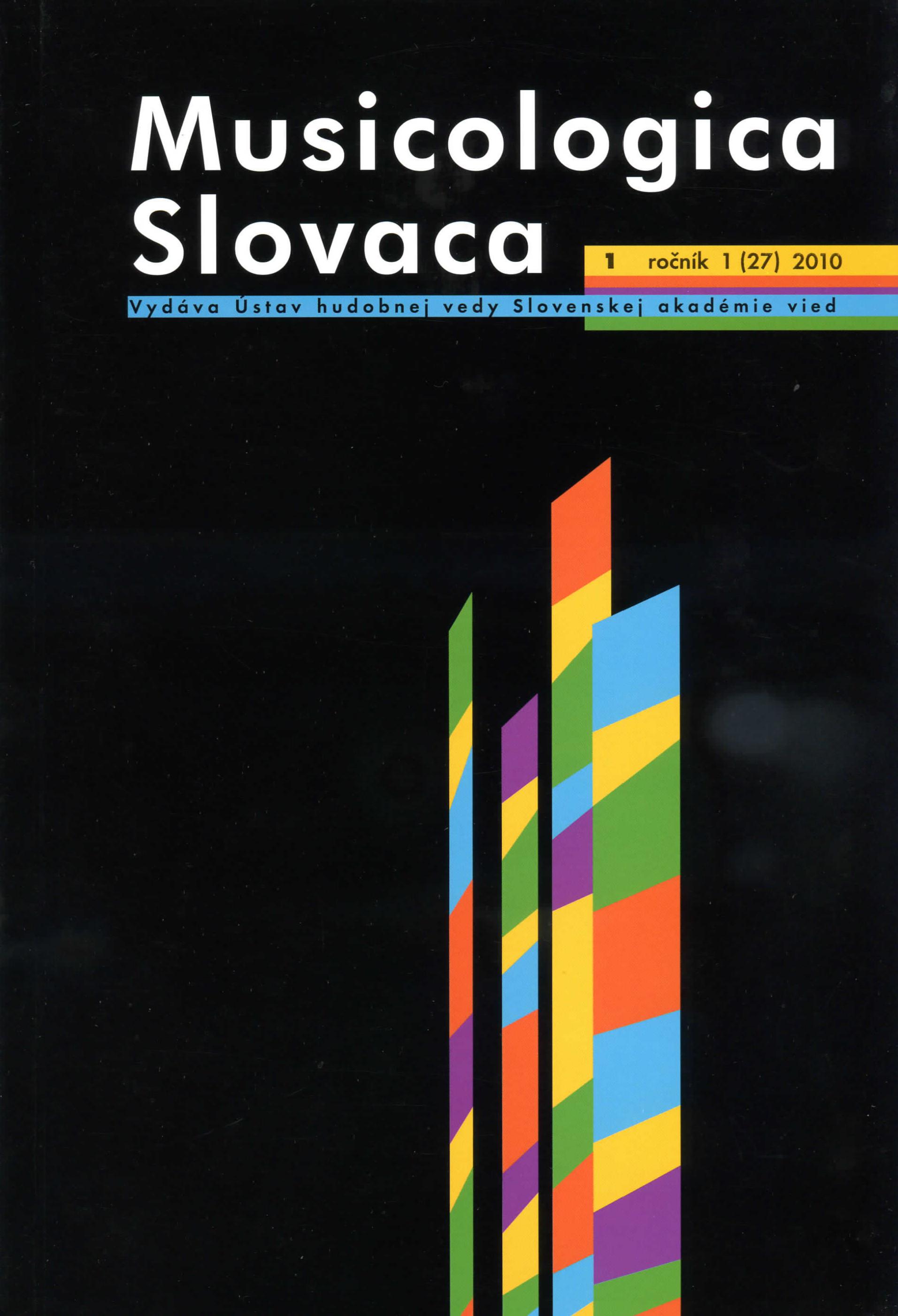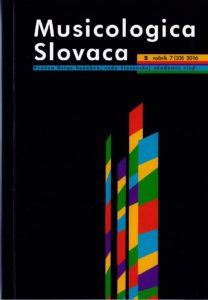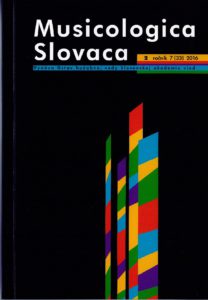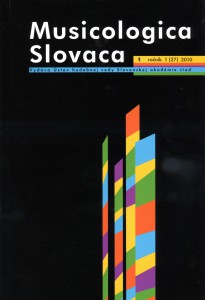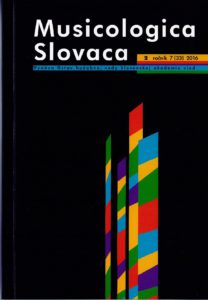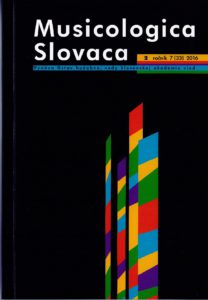
Milina Sklabinská: Esteticko-hudobné práce Martina Kmeťa
Review of: Milina Sklabinská: Esteticko-hudobné práce Martina Kmeťa Báčsky Petrovec – Nový Sad : Slovenské vydavateľské centrum; Ústav pre kultúru vojvodinských Slovákov, 2019, 208 s. ISBN 978-86-7103-519-4.
More...
